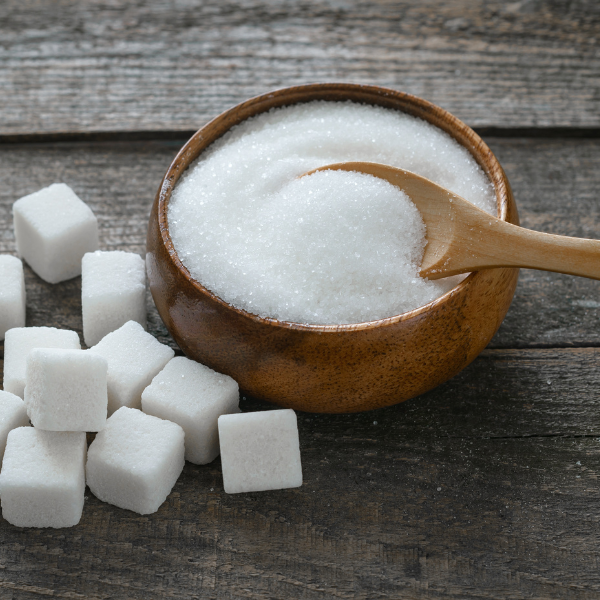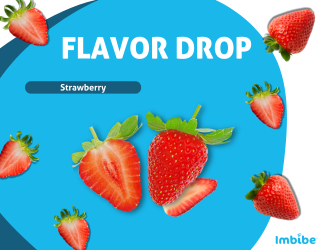Understanding the nuances of organic ingredients, allowable claims, and certifications may elicit some head scratches from both consumers and industry professionals. Many food and beverage pros likely understand that packages can bear made with organic ingredients if at least 70% of the ingredients in the product (by weight) are certified organic, but we expect that the lack of clarity with other aspects of organic may increase with some imminent changes. Being eligible for the USDA Organic certification seal means that at least 95% of the ingredients are certified organic, with the remaining 5% adhering to the organic compliance criteria. This definition will hold true through the end of 2019, but after that the 5% will be held to different standards. Several changes were made in the new guidelines to relax the restrictions on some substances while also expanding the list to include additional allowable substances in the handling of organic production.
One ingredient affected by the guidelines is so prominent in food and beverage it deserves to be called out on its own and that is flavor. A new rule imposed by the National Organic Program mandates that flavors be certified organic when available. Since the U.S. is responsible for nearly half of the global organic food and beverage sales, we thought it prudent to clarify what this means for suppliers, developers, brand owners, and anyone else with their hand in the flavor game. Non-organic flavors can be exempt and grandfathered into a certified organic product if the following are true when attempting to source a commercially available product:
- Ingredients are not available in the right form
- If an ingredient functions in a liquid form and can only be found as an organic powder, or if an organic version of a heat-treated ingredient isn’t available, for example, that ingredient may be allowable in a non-organic form.
- Ingredients are not available in the right quality
- Quality is measured in a variety of ways, including purity, weed seed contamination, germination rate and taste differences.
- Ingredients are not available in an appropriate quantity
- If there’s a low supply due to extreme weather or low demand, if there’s a long lead time, or an ingredient isn’t available domestically, these ingredients may be allowable in a non-organic form.
If these criteria cannot be met after three suppliers are contacted then these ingredients and the subsequent flavors they’re going into can still be used in a finished product applying for the U.S.D.A Organic certification.
Review the official register for a complete list that outlines how ingredients can (or can’t) be used. Additional ingredients that have new guidelines include:
- Hypochlorous acid, magnesium oxide, squid byproducts, activated charcoal
- Injectable vitamins, minerals and electrolytes
- Parasiticides, excipients
- Ivermectin, kaolin pectin, propylene glycol, methionine, carnauba wax, cellulose
- Potassium lactate, glycerin
- Colors derived from agricultural products
The change to flavor certification goes into effect on December 27, 2019. If you have any questions as to how this impacts your product development, organic certification, or to gain a better understanding of the ever-changing and occasionally murky regulatory environment, email the beverage experts at thedrinktank@imbibeinc.com.



